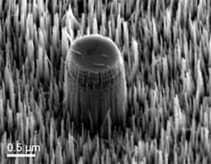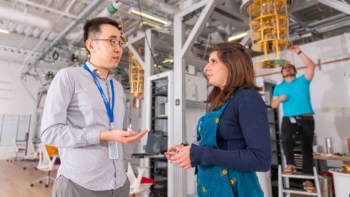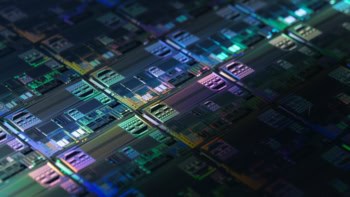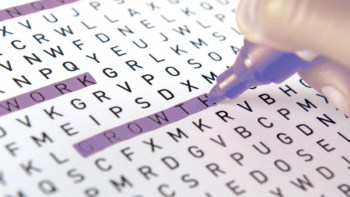Available to watch now, IOP Publishing, in partnership with Hiden Analytical, explores nitride quantum light sources
Want to learn more on this subject?
 Single photon sources are a key enabling technology for quantum communications and are an important step towards more advanced quantum light sources with potential applications in other quantum information processing paradigms such as linear optical quantum computation. In considering possible practical implementations of future quantum technologies, the nitride materials system is attractive since nitride quantum dots (QDs) achieve single photon emission at easily accessible temperatures, potentially enabling the implementation of quantum key distribution paradigms in contexts where cryogenic cooling is impracticable.
Single photon sources are a key enabling technology for quantum communications and are an important step towards more advanced quantum light sources with potential applications in other quantum information processing paradigms such as linear optical quantum computation. In considering possible practical implementations of future quantum technologies, the nitride materials system is attractive since nitride quantum dots (QDs) achieve single photon emission at easily accessible temperatures, potentially enabling the implementation of quantum key distribution paradigms in contexts where cryogenic cooling is impracticable.
However, the particular crystal structure of nitride semiconductors typically results in large internal electric fields in QD structures. Electrons and holes captured by a QD are separated by the field, reducing their probability of recombination and limiting the single photon source emission rate. Growth in alternative “non-polar” orientations can greatly reduce these internal fields and also yield emission polarized along a specific crystal direction due to changes in the valence band structure induced by the asymmetric strain state of the material. Although such devices are challenging to grow and fabricate, due to high densities of defects in the materials used, QDs exhibiting polarized optically-pumped single photon emission up to 220 K, a temperature accessible by on-chip cooling, have been demonstrated, and incorporated into single photon light-emitting diodes that exhibit deterministically polarized electroluminescence.
Nonetheless, compared to more mature materials systems, many challenges remain in achieving the required device efficiency, and single photon purity and indistinguishability, even when considering “hero” devices. Developing a genuine manufacturable quantum technology from nitride QDs raises the bar still higher and is inspiring new approaches to materials growth and processing.
Want to learn more on this subject?

Prof. Rachel Oliver is director of the Cambridge Centre for Gallium Nitride. The focus of her research is understanding how the small-scale structure of nitride materials effects the performance and properties of devices. She uses expertise in microscopy and materials growth to develop new nanoscale nitride structures that will provide new functionality to the devices of the future.
Rachel is also passionate about improving equality, diversity, inclusion and accessibility in science, and is an equality champion in the School of Physical Sciences at Cambridge.
Speaker relationship with IOP Publishing
Editorial Board member, Materials for Quantum Technology.
Why not sign up for our other Quantum Week webinars? Even if you’re not able to join the live event, registering now enables you to access the recording as soon as it’s available.
- Quantum computational advantage and beyond
Monday 14 June, 10 a.m. BST - Tales of a not-quite-probability distribution
Tuesday 15 June, 2 p.m. BST - Building quantum processors and networks atom by atom
Tuesday 15 June, 4 p.m. BST - A roadmap for the quantum internet
Thursday 17 June, 2 p.m. BST - A quantum future of computing
Friday 18 June, 4 p.m. BST





